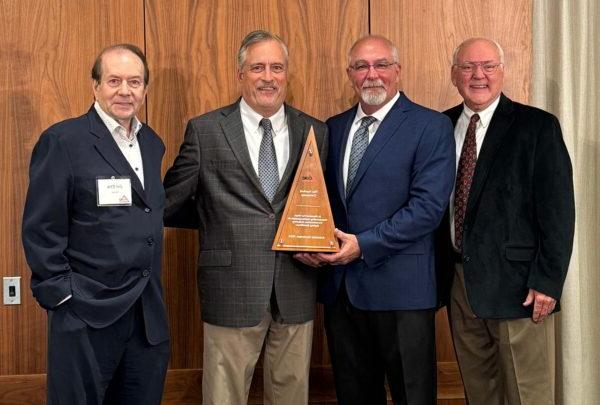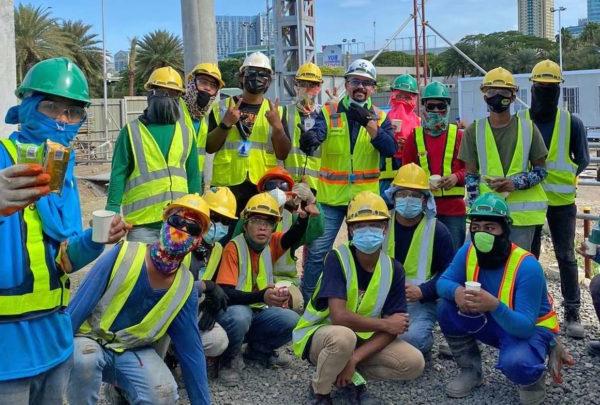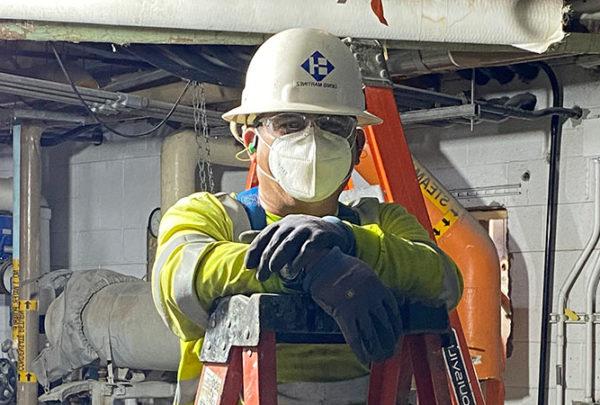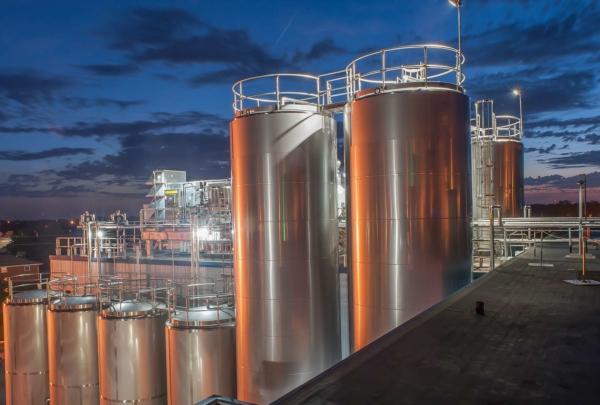The world is good. Your company’s products are in demand, the business is growing and your leadership has approved funding to increase production. You are in charge of the production expansion project, and nothing could go wrong – or could it?
Anyone with tenure in capital projects execution knows that a funded project is a double-edged sword. On one hand (or blade), the funding is indicative of your board’s recognition that you have the ability and track record to execute a project well. But, on the other hand, you’ve been around the block a few times and you know that things can go wrong. How do you define all of your concerns, everything that could happen that you do not want to happen, all in one word? RISK.
With Risk Comes Reward (but does it always?)
It is possible to hedge your bets on the front end of a project by corralling all risks into well-defined buckets and assigning those risks to your suppliers. Unassigned risk means you own it, along with the chance that you could exceed your approved budget. Assigned risk protects you and your budget, making those parties responsible for executing the work also responsible for picking up the tab if things don’t go as anticipated.
Project risk can be categorized in countless ways, but almost all risks can fit beneath the following headings: Safety, Quality, Scope, Cost, and Schedule.
Let’s look at an example of risks within each heading. We'll examine how each risk can be defined by the project team, assigned to the party who can most control the risk and mitigated through the appropriate contract structure.
Safety
Example project: Tissue packaging equipment millwright installing conveyors within an operating plant
Risk definition: Prior to awarding the millwright work, a collaborative safety analysis is performed with representatives from plant operations, corporate engineering, the conveyor supplier, the proposed millwright and your construction manager. Among other concerns, it is identified during installation that lengths of conveyors will need to be lifted over operating human-machine interface (HMI) workstations.
Risk assignment: Since the millwright will be performing the work, it is their responsibility to develop and submit the safe work plan for approval.
Risk mitigation: Prior to implementation, the safe work plan must be approved by all parties – including the plant. Moreover, decisions that may impact cost (working off-hours, temporarily relocating the HMI, etc.) should be made prior to finalizing the contract with the millwright.
Quality
Example project: Relocation of a mouthwash processing system
Risk definition: While developing the project Quality Implementation Plan (QIP), work-in-place inspection requirements are developed. Since welded stainless steel product piping will be removed and reinstalled, it is determined by the process engineer that a sanitary weld inspection procedure will be included in the project specifications.
Risk assignment: Since the piping contractor will be executing the work, they are responsible for adhering to the specifications and cataloging (along with daily reports) which welds are new (theirs) vs. those that are pre-existing.
Risk mitigation: As the Owner, you hire a third party weld inspector with telescopic equipment that can inspect the quality of the welds inside the pipes. The inspections are scheduled progressively so that corrective work can be performed within the installation schedule, thus eliminating the risk of a schedule delay at the end of the project.
Scope
Example project: Employee welfare and locker room expansion
Risk definition: Your facility is one of several manufacturing regions that has received the directive to make these improvements. The budgeting process was not facility specific and key stakeholders were not included in defining the scope.
Risk assignment: Development of the scope must fall within the limitations of the budget. Consider engaging a design-build entity that can accept the risk of developing a design that meets the scope parameters while capping its contract within the budgeted amount.
Risk mitigation: Sign the design-builder up with an open-book Guaranteed Maximum Price (GMP) Contract. Prior to beginning detailed design, work with the design-builder to clearly communicate the budgeted scope to all of your plant’s stakeholders. As the detailed design progresses, have several design reviews with the stakeholders and require the design-builder to give budget updates. Any plant requests that fall outside of the design-builder’s scope must be presented to you as a change order for approval before they can be incorporated into the design documents.
Through this process, you are assured, from the start of design, that the project will not exceed the pre-determined scope and budget without your prior approval.
Cost
Example project: Laundry detergent line expansion
Risk definition: The conceptual scope and budget assume that your existing palletizers will have enough capacity to keep pace with a new filler. However, proceeding too far with this design concept could result in re-design costs and delays if the assumption proves to be incorrect.
Risk assignment: This is the time to partner with a system analytics consultant that can reverse engineer the capacity and speed of your old palletizers and integrate them with a conceptual design of your new line. In this case, your risk assignment is really risk avoidance.
Risk mitigation: Once you’ve received your systems analytics reports, you’ll be able to validate or disprove the original assumption. If the old palletizers are dictating the overall line speed, you will want to analyze the cost-to-benefit of adding or upgrading palletizer(s). If you do not increase the budget to meet this cost, your plant will be wondering why your filler has so much downtime.
System analytics can greatly reduce project risk. View more simulation videos »
Schedule
Example project: New Automated Storage and Retrieval System (AS/RS) warehouse
Risk definition: With a complex automated crane and racking system, as well as a specialized building that wraps the AS/RS racking, attention to long lead item timing and coordinated scheduling is paramount.
Risk assignment: Since the project will involve multiple vendors and the design of the facility will be closely dictated by the AS/RS system, consider sourcing the project with an Engineering Procurement Construction (EPC) contract.
Risk mitigation: With an EPC contract arrangement, your EPC can retain all of the schedule risk. Within your performance guidelines, they will control the key components of the design, purchasing, and construction that will allow a high degree of coordination to occur. Once the parameters are established, the penalties are defined, and the contract is signed, you no longer have the risk!
With every project, reward is the destination, but risk represents the potholes that we must manage throughout the journey. By properly defining, assigning, and mitigating the risks, you can sleep well every night as you travel to success.
For more information, contact 澳门足彩app’s Consumer Products division leader, Erik Lightner.






































































































